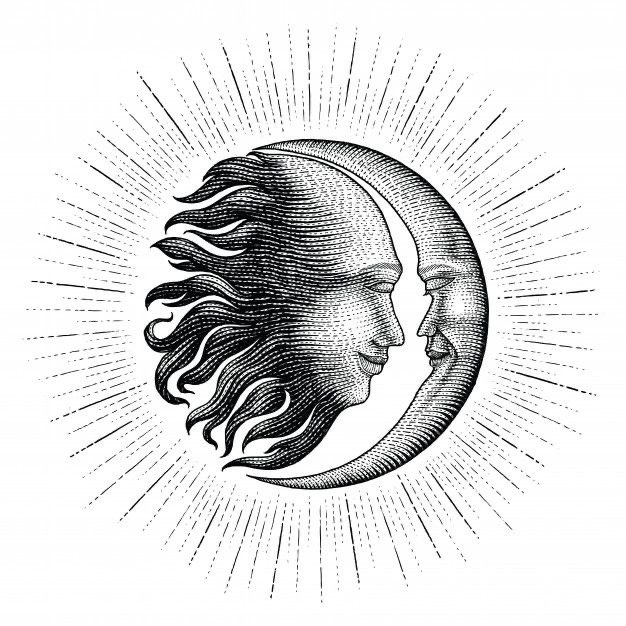
Without exception, the cultures of the past were based on the acknowledgment of the existence of supernatu ral powers. entailing beliefs in gods and supernatural realms such as heaven, hell, and Nirvana. In this con nection it should be noted that religious believers suomi passively to supernatural governance, Deney ing in a preordained, fateful determinism. Nonreligious persons. on the other hand, feel more drawn to the field of magic, where they believe they can actively determine their own destiny through spiritual acts of conjuration. with the aid of certain manipulations and occuit signs for magic formulas.
Here again there is a distinction between sign and symbol. Believers raised a being, a thing, or its image to the status of mediator between the almighty being that passes all understanding and their own inadequa cv. by creating for themselves a sumbolic representa tive as obiect of worship. Atheistical persons, attracted by science. attempted to interpret and understand the cosmos, creating for themselves signs of the mac rocosm of the universe and of the microcosm of earth ly materials. for purposes of manipulation.
Mars, iron.
Tuesday, masculine
The reader should bear in mind that astrology was not a true science of star lore, nor was alchemy a proper form of chemistry or physics with any exact scientific foundation. For this reason we have called them pseudosciences. Astrology and alchemy were usually a combined study, so it is not surprising that the meaning of a number of signs recurs in different branches of learning. Thus we find, for example, that the astrological sign for Mars is also used as the
signs of the planets in relation to one another. 19: Direct opposition of 180 20: Superposed or conjunction 0 21 to 24: More positional signs, 21: Quadrature or 90°. 22: Semi-quadrature or 45. 23: One-and-a-half' quadrature or 135, 24: Quincunx or 150. 25: From a 15th century engraving representing the signs of the zodiac in connection with the human body. One of the purposes of such figures was to determine the most auspicious dates for the healing of sickness in different parts of the body. Known as "blood-letting figures." these were still in use in the 19th century.
Your level lowered and you are now a Red Fish!@fikitubi, sorry to see you have less Hive Power.
Support the HiveBuzz project. Vote for our proposal!